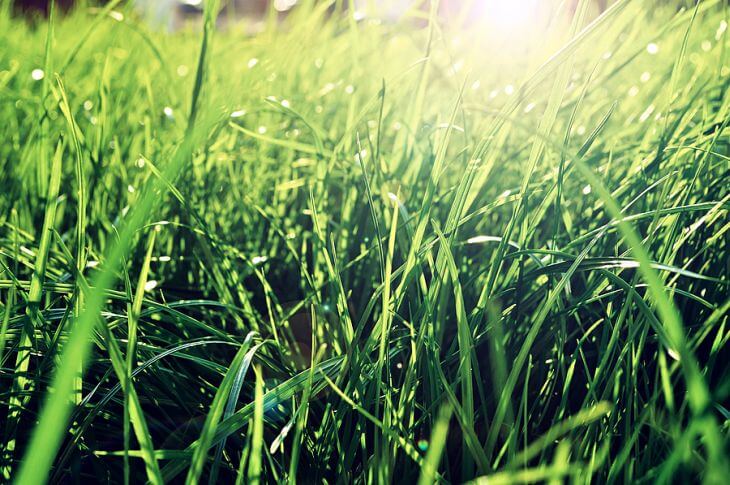How Long Does It Take for Grass to Grow?

Are you planning to plant a new lawn or did you overseed an existing lawn? If you are wondering, “How long does it take for grass to grow?” the answer depends on a few different factors. The weather, soil type, grass type, season and many other elements can impact how fast your grass will grow and flourish. Here are a few frequently asked questions and answers about how long it takes to grow grass.
- How Long Does It Take for Grass Seed to Grow?
- If you are planting grass seed in bare soil, you should expect that it will take a few weeks for the seed to germinate and then an additional few weeks to grow to full height. Warm and cool season grasses vary in their germination rates, so the type of grass seed will impact how quickly it will grow. The weather and season will also affect how quickly your grass seed grows. In ideal cases, you can go from soil and seed to a growing lawn in about 30 days.
- Do Warm or Cool Season Grasses Grow Faster?
- When planting from seed, your cool season grasses will germinate and grow quicker than warm season. Cool season grasses must grow fast for the shorter summers. These include ryegrass, Kentucky bluegrass and tall fescue, which all can germinate in as little as a week and go from seed to lawn in a month.
- Warm season grasses require more time to germinate, which means it will take longer to go from seed to lawn with these grasses. Some require up to 30 days to germinate. Bermuda, zoysia and buffalo grass may take up to two months to grow and a year to completely mature.
- What Time of Year Is Best to Plant Grass Seed?
- When you plant your grass seed will impact how quickly it grows. Cool season grasses should be planted when the temperatures are cool. This could be early fall or early spring – you want enough time for the grass roots to become well-established before the hot weather hits. For warm season grasses, you want to plant when it is warm, usually late spring or early summer.
- Will Shaded or Direct Sun Grow Grass Faster?
- Grass in direct sun will grow quicker. The area planted should have at least six hours of direct sun to give the seeds and grass the nourishment they need from the sun. If you are planting shaded areas that do not get much sun, choose a grass seed that is made to grow in shade.
- Is There Anything I Can Do to Grow Grass Faster?
- If you are planting a new lawn and want a healthy, fast-growing lawn from seed, preparing the soil is crucial. The soil should be treated with chemical weed control – this needs to be done well before planting, as there is usually a waiting period after treatment before planting. Rocks and debris should be removed and compost tilled into the soil. Before planting your seed, make sure to level or rake the area.
- Once your new lawn is planted, cover it with straw or hay to prevent seeds from blowing or eroding away. It is important to avoid any disturbance of the area – keep foot traffic off your new lawn until it is well-established. You should water your seeded area every day until germination, starting with the day of planting. Watering up to four times a day with your irrigation or sprinkler system is recommended; if you use a garden hose, be careful not to overwater to the point of washing away the grass seed. Once the seed has germinated, you can begin decreasing watering frequency to build strong roots.
- How Long Does It Take for Grass to Grow High Enough to Mow?
- In most cases, you can mow the new grass once it is at least 3 ½ inches tall, but be patient and let your new grass mature. While some blades may be long enough, there may be other seeds that just germinated and need time to grow. In an optimum environment with direct sun and regular watering, your grass should be tall enough after about two months or eight weeks. It is always better to wait longer than to cut it too soon, so be patient to perform your first mow.

How long it takes grass to grow depends on a wide variety of factors, many that are under your control. Choosing the best seed, time of year and area with enough sun are crucial, as is preparing the soil and caring for your seeded lawn as it grows. Your local landscaping service or supply company can offer suggestions on the best type of grass and weed control or fertilizer for your region to cultivate a thick, healthy new lawn.